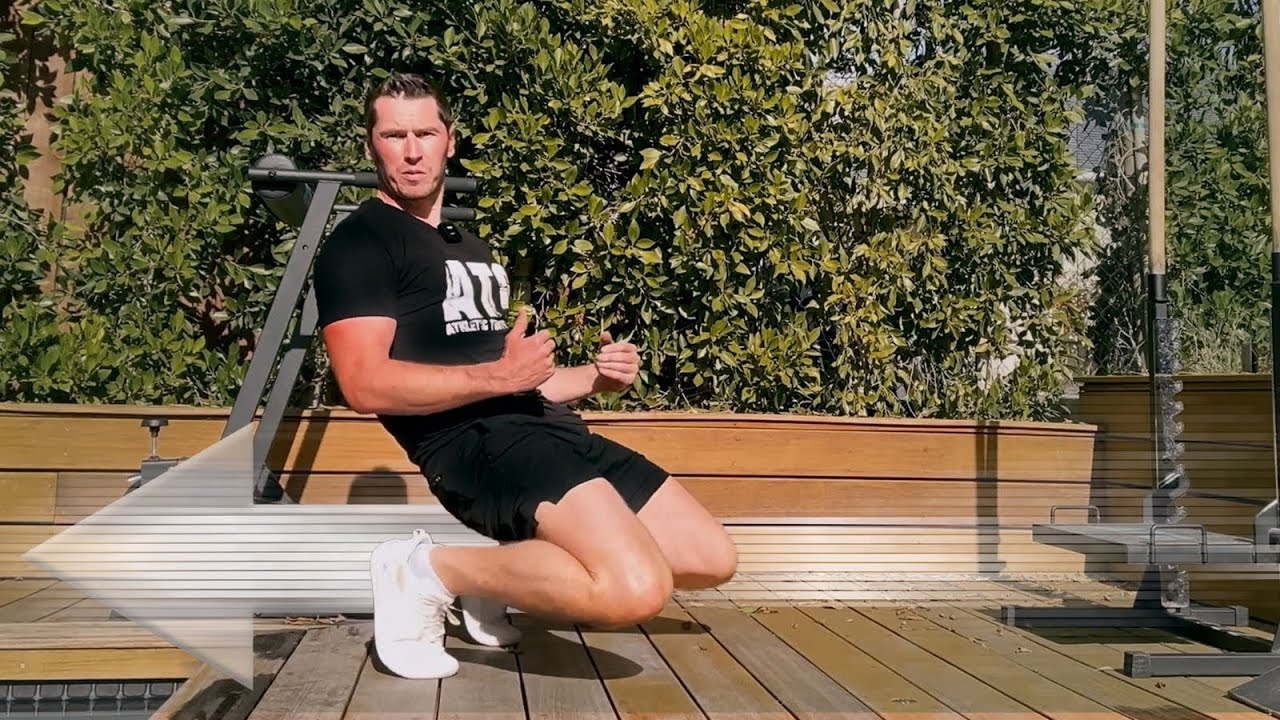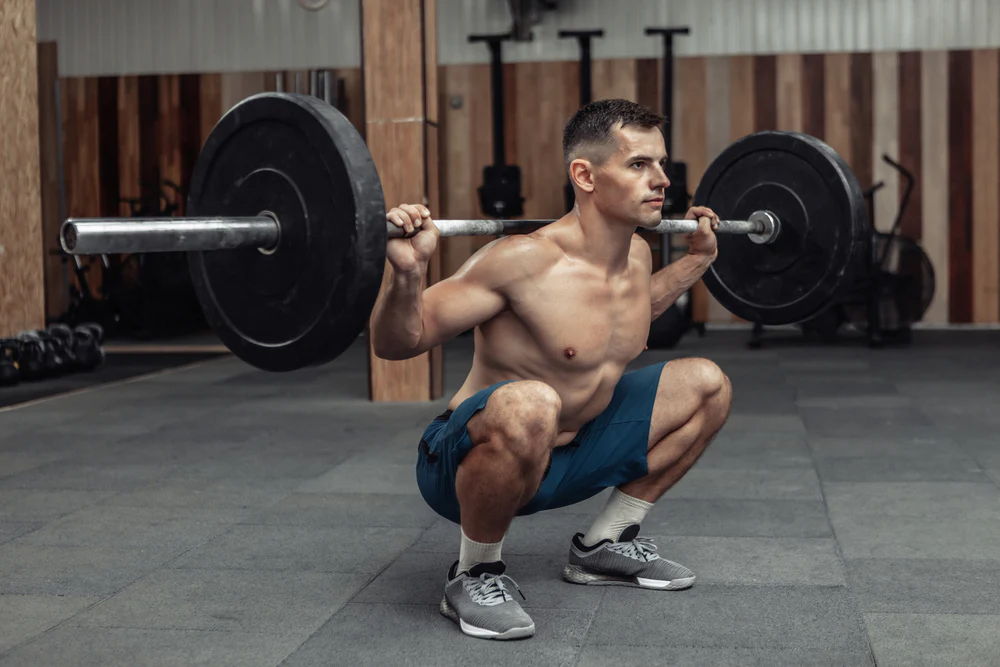
As a sports enthusiast, I understand the frustration and disappointment that comes with injuries, particularly the dreaded jumper’s knee. This nagging pain has ruined sports for millions of athletes around the world. In this article, I will share useful insights and tips gleaned from a video that changes the way we think about jumper’s knee.
Rethinking the Traditional Approach to Jumper’s Knee
Traditionally, the first line of treatment for jumper’s knee is RICE: Rest, Ice, Compress, and Elevate. Dr. Gabe Mirkin, who coined the term in the 1970s, discovered that this approach may not be the most effective after 40 years of research. Surprisingly, the first two elements he now promotes are movement and exercise. This calls into question the widely held belief that rest is the primary solution.
Many people, including myself, saw medication as a quick fix. Regrettably, this could have unintended consequences. In my case, the medication made me feel better, and I ended up doing more harm than good. The good news is that a simple approach involves quickly weaning people off painkillers.
Understanding the Reverse Impact of Jumping
Let us look at what jumping entails and how its opposite effect can help with healing and pain prevention. Jumping is essentially resisting backward, which not only increases circulation for healing but also strengthens the body to resist pain in the first place. Jumping, contrary to popular belief, involves full range of motion strengthening.
My once-fragile knees have become some of the most resilient in the basketball world as a result of a decade spent focusing on movements other than jumping. Ten years of no setbacks have allowed me to rediscover the joy of jumping, proving that it is never too late to build strength and resilience.
Sharing the ATG System and Mindset
Reflecting on my journey, I have come to see the ATG (Ass-to-Grass) system as a way to understand what we might be missing in life. It is based on the idea that the human body is designed to function well. When common problems arise, it is usually because modern life or certain sports push our bodies to do too much. The key is to recognise these imbalances and find solutions to them.
The ATG system addresses both physical and mental health. It is about using exercise to overcome struggles, depression, and body-related issues. The realisation that you can achieve a hormone rush through exercise to balance your body is game-changing. This knowledge fuels my desire to share this information on a weekly basis, because I believe everyone deserves to know they can exercise their way to a healthier, happier life.
Starting Tips for Overcoming Jumper’s Knee
I would like to share some starting tips for those suffering from jumper’s knee or other similar issues. The key is to incorporate backward walking into your routine; you do not need expensive equipment or a high-tech gym to do so. Even a simple stairwell can be a great place to start.
Consider using the treadmill in reverse if you are at the gym. While not all gym owners will agree, some will let you turn around on the treadmill for a unique and effective workout. If that is not an option, find a safe place to walk backward, such as a stairwell. It is a low-impact but powerful way to gradually reduce pain, improve mobility, and build strength.
My zero-program, which requires no equipment, focuses on ten minutes of backward walking. Incorporating full-body exercises, such as the split squat, can also help your progress. Starting with five sets of five reps on each side and gradually increasing to 25 in a row can be a game changer.
Making ATG More Accessible
While the ATG journey is still evolving, making it more accessible is critical. Even if your gym lacks specialised equipment, you can make do with what you have. The first step towards overcoming jumper’s knee is to walk backward on a treadmill or find a suitable space for this exercise.
Consider partnering with someone for support and safety in the spirit of inclusivity. Having a walking partner can make the process more enjoyable and safe, as demonstrated in a video featuring my parents. Begin with ten minutes of backward walking and work your way up as you become more comfortable.
In conclusion, overcoming jumper’s knee is a holistic approach to well-being, not just physical exercises. Adopting the ATG system and mindset can help you take control of your health, both mentally and physically. Whether you begin with backward walking on a treadmill or a simple stairwell, the road to a pain-free and resilient body is one of small, consistent steps. I encourage everyone to try this approach; hopefully, it will help you reclaim the joy of movement and live a healthier life, as it has for me.

